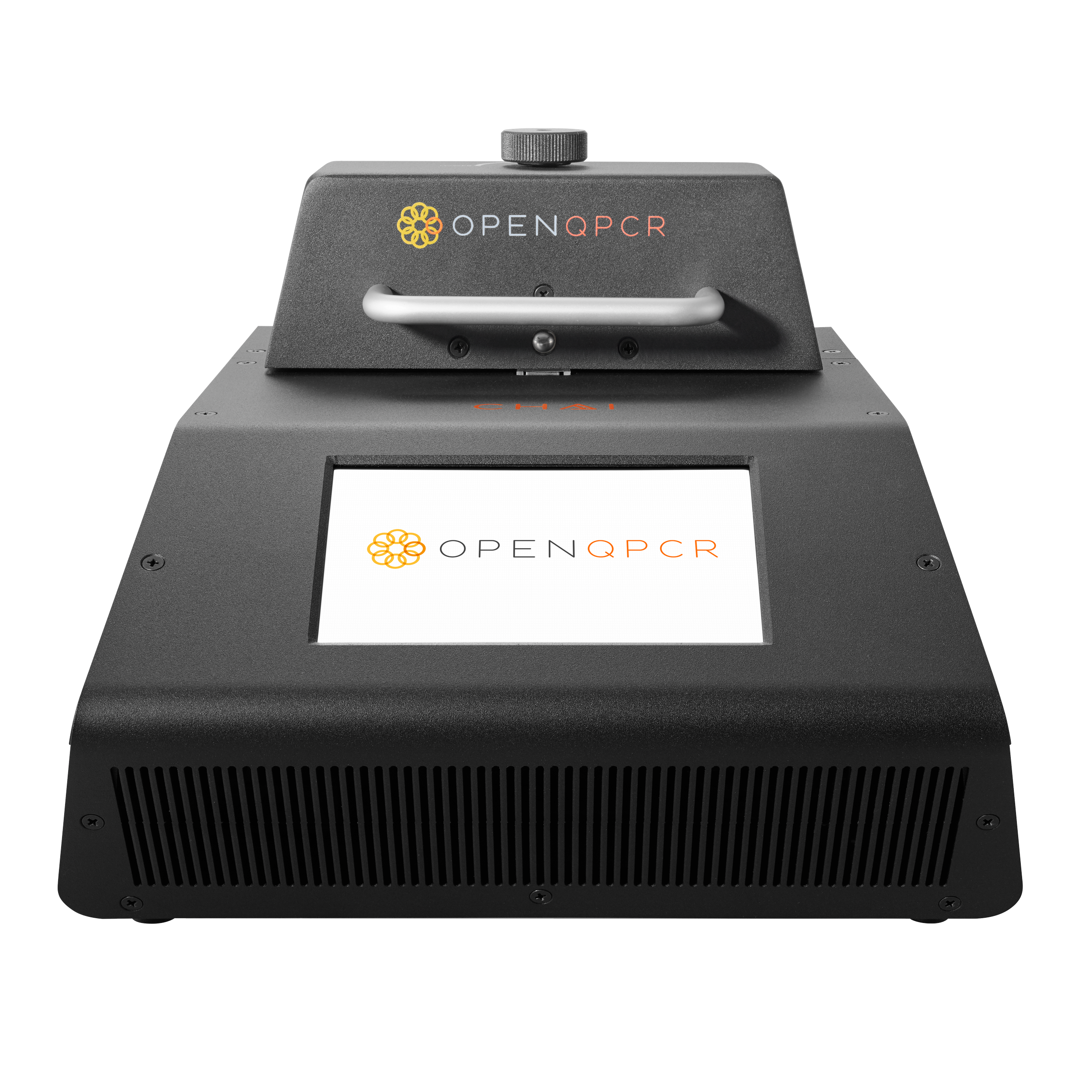Open qPCR LCD App
The Chai Open qPCR is a portable, powerful thermocycler designed for use outside traditional laboratories.
We needed a solution that allowed users to run experiments using solely its built-in touch screen.
Chai Biotechnologies
Highlight from my eight years with Chai, growing with the company from Product Design contractor
Context
12x12 thermocyclers are designed to be used in a lab environment with your laptop nearby.
The Chai Open qPCR is designed to serve as a standalone lab anywhere in the world.
To accomplish this, we optimized the LCD app flow for use in the field, allowing users to analyze and run experiments or test kits without any additional hardware.
Contribution
Product Design, UI/UX, Design System
Team
CEO, Developer, Me
Timeline
Winter 2022
Context
Most thermocyclers are designed to be used in a lab environment with your laptop nearby. The Chai Open qPCR is designed to serve as a standalone lab anywhere in the world.
To accomplish this, we optimized the LCD app flow for use in the field, allowing users to analyze and run experiments or test kits without any additional hardware.
Contribution
Product Design, UI/UX, Design System
Team
CEO, Developer, Me
Timeline
Winter 2022
Context
8x8 thermocyclers are designed to be used in a lab environment with your laptop nearby.
The Chai Open qPCR is designed to serve as a standalone lab anywhere in the world.
To accomplish this, we optimized the LCD app flow for use in the field, allowing users to analyze and run experiments or test kits without any additional hardware.
Contribution
Product Design, UI/UX, Design System
Team
CEO, Developer, Me
Timeline
Winter 2022
Approach
Establish Use Cases
The vast majority of users controlled their Open qPCR with the desktop app. We started with a few foundational features to kickoff the MVP build.
Example:
As a user in the field, I want to run a test kit using the built-in LCD so I can run experiments without my computer.
Outline Flows
Breaking down each feature in a simple text outline helps organize screen flows, anticipate obstacles, and note key directions to explore.
Text-Only Wires
Low-fidelity wires are fast; no-fidelity wires are faster
Showing pure text helps stakeholders focus on the experience without the distraction of unpolished visuals
Low-Fidelity Wires
Once the foundation of the flows have been set, we begin building up visual fidelity, testing interactions, and developing the design system.
Early on-device prototypes showed the screen’s touch capability was limited. We saved days of work by scrapping our swipe and gesture-based concepts in favor of simpler, one-touch inputs.
Visual Polish & Exploration
We chose a mix of high-usage and visually complex screens to start translating the desktop design system to the small screen.
The Experiment In Progress screen is the most viewed screen across all users. It served as a blank canvas to push the visual design and set a standard for the rest of the app.

Results & Takeaways
The app was scheduled for a tight, three-month development cycle and we delivered. Users appreciated the visual upgrades, and were thrilled with the huge increase in standalone functionality.
I’m proud to have designed software that scientists and non-technical people alike can use to get accurate, reliable results.



